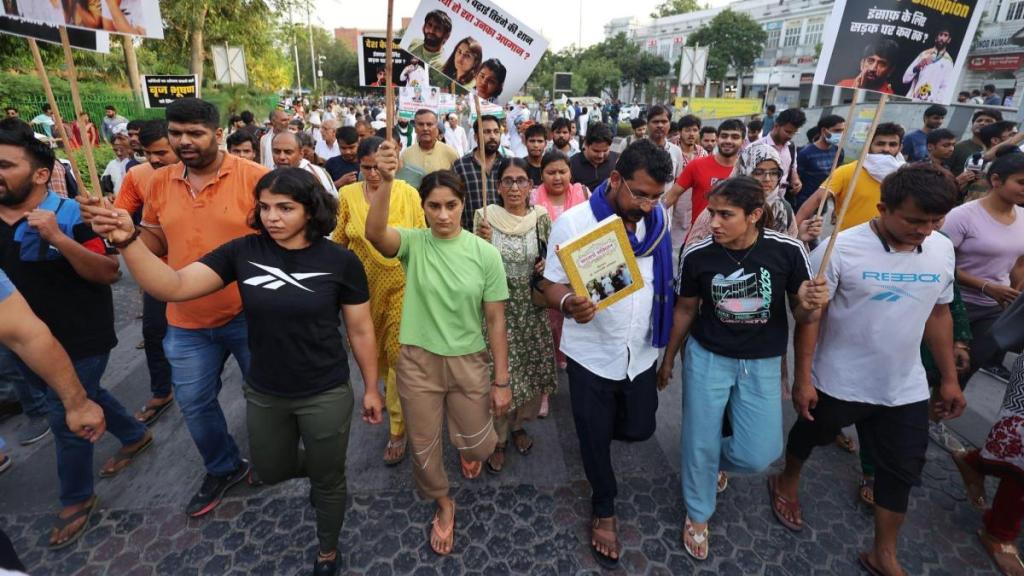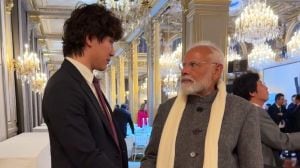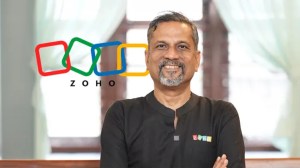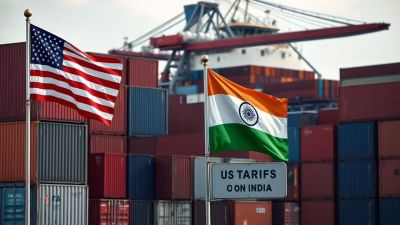The Day I Became a Runner, published by HarperCollins India, starts with a glimpse into what led Sohini Chattopadhyay to start running in the first place. The book swiftly delves into the lives of nine women athletes of India, some well known, others relatively less. While the premise looks simpler, once you start reading, an alternate history of India emerges—of our republic, of women, through the lens of sports. From a lack of women’s bathrooms to finishing on the podiums of international sporting events, it seems women’s sports has come a long way. But has it, given the recent protests by wrestlers against the former Wrestling Federation of India chief Brij Bhushan Sharan Singh?
In an interview, Chattopadhyay speaks about it along with her book—on how did she get the idea for the book, on the policing of women in sports, and more. Edited excerpts:
You write vividly about how you became a runner. How did you get the idea of using the lens of running to write an alternate history of India?
For me, there was no aha moment or epiphany. However, there were three things. One, I began running as a way of coping with grief. And once that haze of grief started to lift, I began to notice how people stared at me. I began running in the semi-public parks of DDA colonies in Delhi, and I would wonder, ‘Why am I an anomaly here?’ Being an upper-caste, upper-middle-class, English-speaking, urbane, and privileged in every way, this was my first experience of feeling like an anomaly, of feeling unwelcomed. So I started examining it, which led me to the question—is women’s citizenship incomplete in public space?
The second was the 2012 gang rape and murder of a 23-year-old paramedical student. I was in Edinburgh then, studying, but I remember the feeling—the protests, the anger—and I remember wanting to join the protests, not so much for anything, but to occupy the streets. I just wanted to inhabit the public space and say, ‘This is me, and here I am, going wherever I want,’ because whenever anything untoward happens in a public space, women are always asked three inevitable questions—what was she doing there; where was she going, and what was she wearing?
And the third, while I was reporting the 2016 West Bengal Assembly elections amid the cruel April heat of Kolkata, I remember stepping out of the metro at around 4.30 pm and opening my umbrella. A man tapped on my shoulder and gestured at me impatiently that I should shut my umbrella, as I was taking up the space of three people. I pointed at the parked cars, vendors, and hawkers and asked him, ‘Why don’t you tell them to move?’, and he said because they weren’t disturbing anybody and were just doing their work. I remember feeling so angry that a parked car had a greater right to the public space than I did. At that time, I had written just two chapters of the book and didn’t know then if it would eventually shape up as I had conceived. But this man’s articulation of his impatience made it clear that I had to do this, that this was a project worth pursuing.
In the book, you map the journeys of nine athletes while a separate story of the country runs alongside. Was it always the idea to structure the book like this?
Yes, I wanted to write an alternating history of India, and my idea was to do it through the lives of women athletes through the lens of sports.
On the dedication page, you write, ‘To Santhi Soundarajan, who never stopped thinking of the track as her home’. Although you profile nine athletes, what was it about Soundarajan that stayed with you?
It was Santhi’s incredible struggle, but over and above that, her absolute irrepressible undying love for sports that despite the struggle, she is so much in love with the sport, so certain that this is what she wants to be doing. When she was disqualified after the 2006 Asian Games in Doha, her career unceremoniously over, there was so much uncertainty, and according to her, the Government of India and the Sports Authority of India had told her that this was it, that she would never run again. The only entity that honoured her then was the government of Tamil Nadu, and then chief minister M Karunanidhi gave her a cheque of `15 lakh for being the first Tamilian to win an individual medal at the Asian Games. He said a very beautiful thing that this was the body that had won the medal. So she got `15 lakh, and what did Santhi do with it? She started a sports academy for children and young adults in her village and neighbouring areas. So that was her absolutely indefatigable love for sports.
A large section of the book delves into the policing of women in sports—the difference between the male and the female body. Here you write about Santhi Soundarajan, Pinki Pramanik and Dutee Chand. Why was it crucial to bring forth this issue in the stories of more than one athlete?
It actually makes up for one-third of my book. So the book has three sections: first, the early pioneers—Mary D’Souza, Kamaljit Sandhu, and PT Usha; second, the athletes who have been called out for not being female enough, and third is about life in India post-liberalisation.
In non-fiction, the writer generally recedes to the back while the subject becomes central. In the book, why did you choose to write about yourself, your relationship with running, and your mother and grandmother?
I planned the book such that it has two threads of history—the relatively public thread of the well-known athletes, and then there is a private thread, which is the thread of my family’s history. So I tell a story of the Indian republic from the 1940s to the current moment through my maternal grandmother, my mother, and then me. And then there is the public thread told through the lives of athletes from the late 1930s to the present times.
You extensively scrutinise the media’s role in stoking frenzy, especially on issues such as gender identity and sexuality. As a journalist, do you think that the exercise is driven by commercial interests or is a reflection of society at large?
Media is a part of society, so it reflects the biases and prejudices of society. However, I would agree that it is also partially commercial. There is a lot of interest, prurience, and voyeurism in stories like these. Such stories are lapped up, and there is an interest in telling them and telling them quickly, which leads to inadequate checking, inadequate sensitivity, and inadequate checking of the language.
Having told an alternate history of India through the lives of nine female athletes, how do you look at the larger state of women’s sports in India in light of the recent protests by wrestlers?
It is very depressing and has set everything back by several years. Some people might think since the wrestlers have spoken out, it’s a good thing, but what is the result of this—just think of how many parents would look at what has happened to these medalists and champions, what it would mean to be Sakshi Malik in this day. And, they asked for so little. They didn’t ask for Brij Bhushan Sharan Singh to be removed from Parliament or his party. They just asked that he shouldn’t be at the helm of things at the Wrestling Federation of India. Even that took so much time. Elections happened, and who won —it was the candidate close to Singh.









